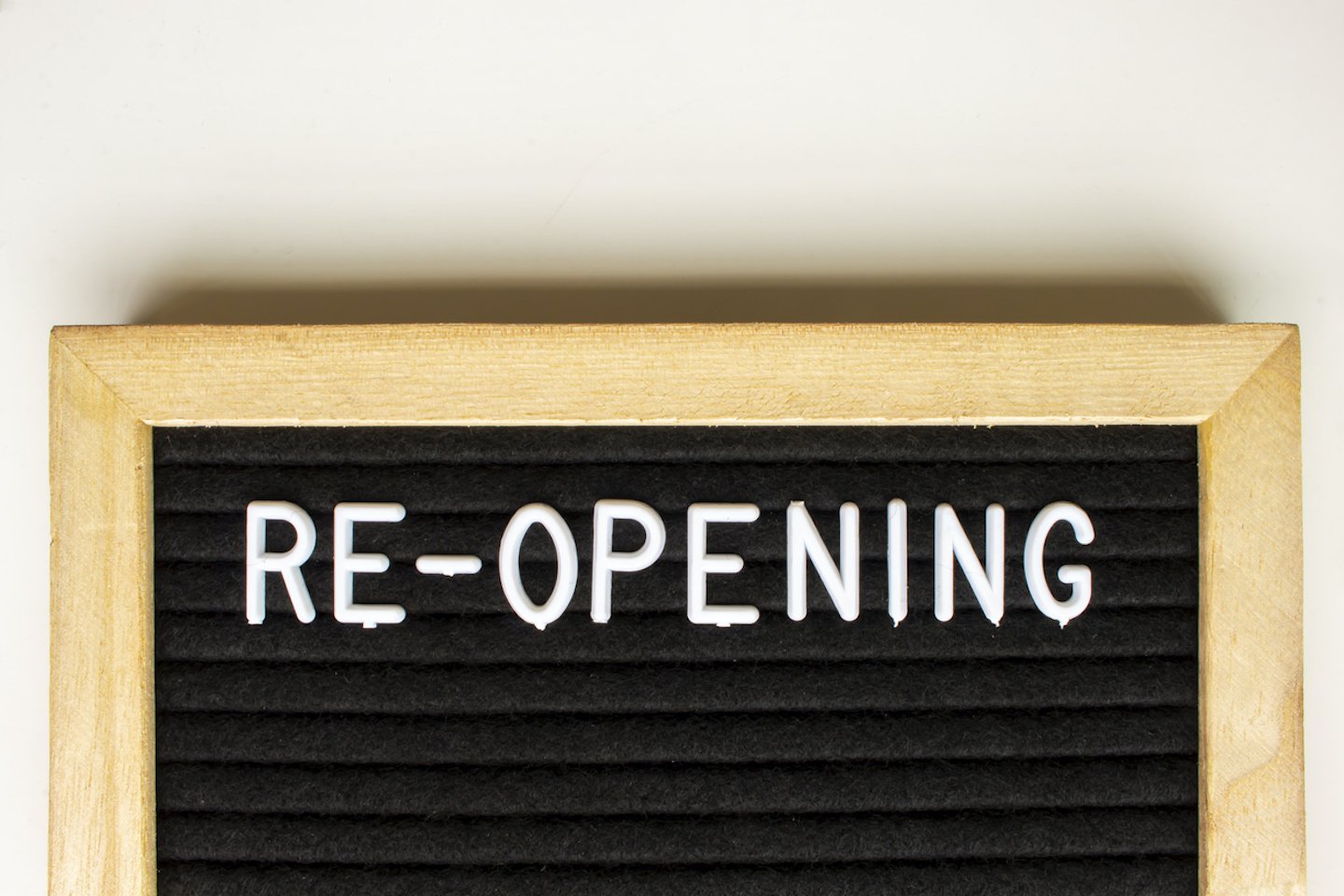Pension plans are a great benefit that can help your company attract top talent. So how do you go about setting one up?
To begin with you must select the plan that makes sense for you, your employees and your small business. In Canada you can opt for various options; to begin you can choose either a Defined benefit pension plan (DBP) or a Defined contribution pension plan (DCP). A DB Plan offers an employee the security of knowing what to expect at retirement. A monthly retirement income is defined, which is based on a formula set out in the plan, usually dependent on years of service and income. The onus is on you as the owner of the small business to contribute enough to the plan to ensure that funds are available in the future. The funds for all pension plan members are coalesced into one investment plan and controlled by a plan administrator.
In a DC Plan, as the small business owner you decide how much will be contributed on a regular basis. The DC Plan is similar to managing a personal RRSP. Investment of the capital contributed is generally directed by the employees from a selection of investment. The amount a retired employee receives will be dependent on the amount contributed and the performance of the invested funds over time. Although this plan offers a lot more flexibility it places all the investment risk on the employee. Some employers feel that DC schemes make the most sense because the cost is transparent and risk is mitigated therefore it is easy to plan in advance. Furthermore you can set the employer contribution level to one that's comfortable for you.
You can also choose a Group Registered Retirement Savings Plan (RRSP) which is an employer-sponsored retirement savings plan, similar to an individual RRSP, but administered as a group by your employer. Your contributions are made through regular pay-roll deductions on a pre-tax basis. There are also pooled registered pension plans (PRPPs) which are a new type of pension plan to help Canadians save for retirement.
The second step is to set up your chosen pension plan. You can set up a GRRSP or a PRPP through your bank. In Canada, pension plan funds are held in trust, thus kept separately from the company. This means that the funds are held by an independent plan administrator. Once the funds are contained in this trust the pension assets are not available to the company to draw on, thus to set up a DBP or a DCP you need to choose a plan administrator, who is registered with the CRA; for a fee, they will do all the rest of the work so that you can ensure your employees have a retirement plan. There are a number of different options to find a plan administrator but a wide selection can be found online catering to different sized businesses.


